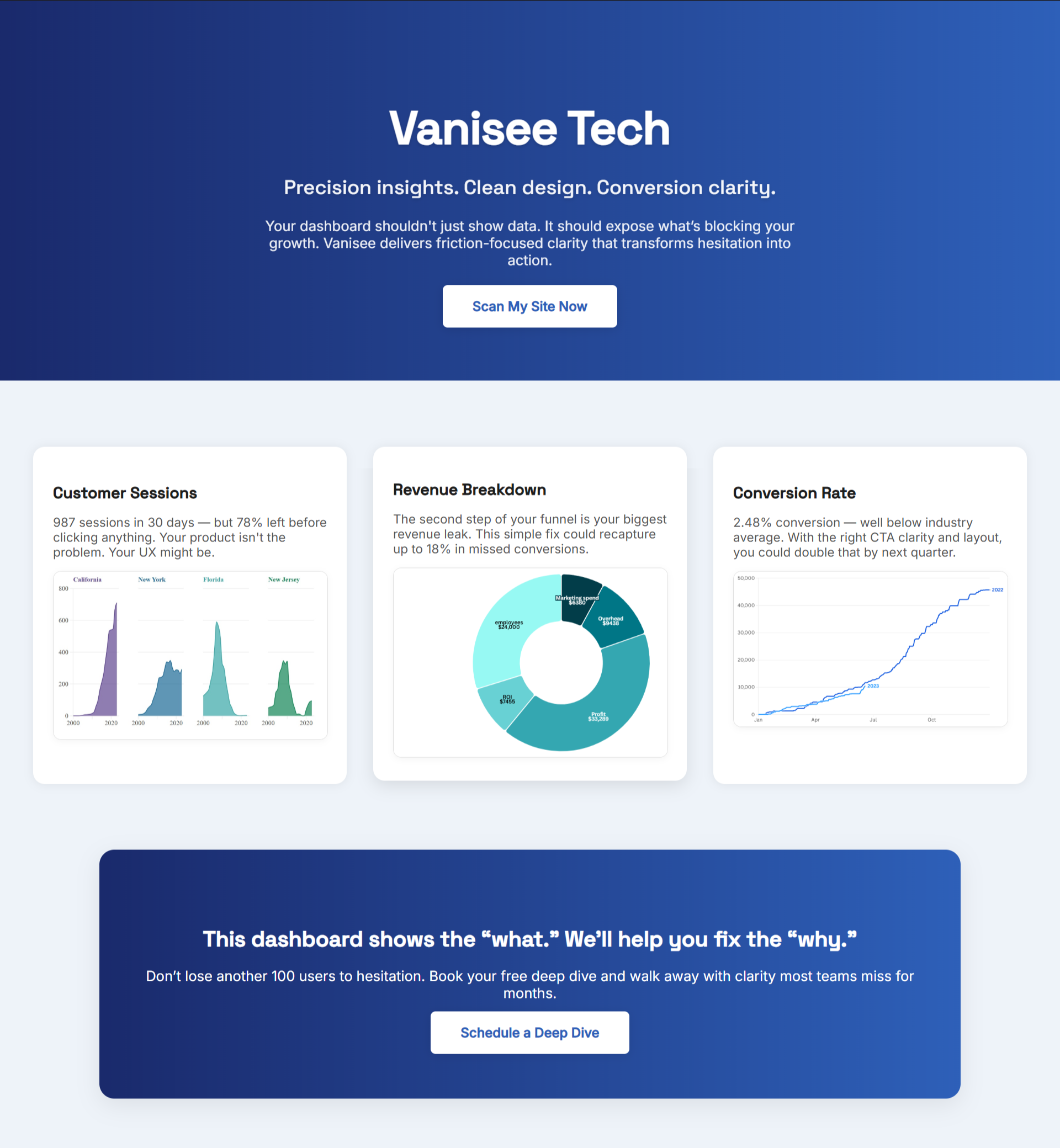Picking a partner should feel like relief. Instead, many teams hand off the roadmap and inherit quiet losses: trials fade, second sessions never come back, and renewal proof sits where no one sees it. Every week that pattern repeats, your runway shrinks. This guide makes the risk obvious and gives you a simple way to hold any SaaS development company to outcomes that protect cash.
The Cost of Choosing on Velocity Alone
Fast timelines sound safe during a pitch. The real cost shows up later when speed outruns clarity. New users land without a plain promise, button copy doesn’t match intent, and reassurance lives below the first swipe. Your trial-to-paid rate drops while the board asks for progress. As we unpacked in The SaaS Development Company Blind Spot That Costs You Trust, polish without visible proof erodes confidence before price ever enters the conversation.
Stage-fit amplifies this risk. If the process targets a maturity level you haven’t reached, complexity piles up where momentum should be. That misalignment is the core warning in The Hidden Risk of MVP Development Company Misalignment With Your Stage.
Red Flags in Scoping Calls You Can’t Ignore
The best time to avoid leaks is before you sign. Listen for these warning signs in discovery:
- Feature parity talk dominates. You hear module lists, not moments of value for your best-fit user.
- No first-minute mock. The vendor can’t show the opening screen with headline, button, reassurance, and proof on mobile.
- Proof “later.” Reviews, counts, security notes, and guarantees are waved off to a future pass.
- Speed is vague. No payload targets, no 4G test, no plan to keep first action responsive.
- Return path is fuzzy. No clear second-session view with saved state and one recommended next step.
.png)
Any one of these adds risk. Several together predict a release that looks complete and leaks adoption.
Early Metrics That Predict Churn
You don’t need a quarter of data to know a release is slipping. Watch the first two weeks and move fast when you see these patterns:
- Weak first-minute completion. New users fail to complete one meaningful action in under 60 seconds.
- Low 48-hour return. Trials don’t come back within two days.
- High clicks on secondary links. Primary button copy isn’t matching intent.
- Support tickets about basics. People ask where to start, not how to do more.
- Mobile drop-offs near action. Sessions die right before the step you need.
These are fixable if you treat them as alarms, not later tasks. Waiting turns small leaks into churn.
What Good Partners Put Above the Fold
The first screen decides whether a trial continues. Make it pay you back:
• One plain promise that names the audience and outcome.
• One button that mirrors the user’s natural intent.
• One reassurance close to the button—privacy, encryption, cancel anytime, or time to value.
• One proof cluster where eyes land—rating count, a logo row, or a short customer line tied to the promise.
Anything less invites hesitation. Hesitation burns time. Time burns runway.
A Two-Week Rescue That Buys Back Trials
You don’t need a redesign. You need a focused sprint that removes friction where users feel it first.
Days 1–2: Rewrite the headline to name the audience and outcome. Replace clever button copy with a plain verb that matches intent. Move a proof cluster beside the action. Remove one step.
Days 3–5: Prioritize mobile. Keep the primary action inside the first view on a phone. Compress hero media. Limit fonts and scripts.
Days 6–10: Build the return path. Show saved state and highlight one next step. Acknowledge progress with a small in-app card.
Days 11–14: Ship the renewal artifact—a scheduled email, in-app card, dashboard tile, or alert that delivers repeatable proof on a cadence your customers already live by.
This sprint doesn’t add features. It buys back revenue by clearing the path to value, the reason to return, and the proof to stay.
Hold Your SaaS Development Company Accountable
Use these questions in every review. Clear answers protect your budget; vague ones put runway at risk.
• “Show the first-minute mobile mock with the headline, button copy, reassurance, and proof we will ship.”
• “Demo the second session: saved state, visible progress, and one recommended next step.”
• “What’s our renewal cadence and the artifact users will see on schedule?”
• “What are our media, script, and payload limits for first load, and how will you verify on 4G?”
• “Which activation events will be live at launch, and how will we review them in week one?”
• “If activation drops, what is our 24-hour rollback plan?”
“Make something people want.” — Paul Graham
That line is the filter. If a partner can’t show how their plan helps a new user reach value in the first minute, return within 48 hours, and see repeatable proof on a schedule, you’ll spend money teaching prospects to leave.
How BluePing Reduces Expensive Surprises
The risk isn’t loud. It’s silent: slow first actions, vague button copy, reassurance out of view, return paths that forget progress, and renewal cues no one sees. Skip a clarity pass and those leaks hide until renewal season.
BluePing scans your key flows and flags the exact issues that block activation—weak hierarchy on the opening screen, copy that doesn’t match intent, proof placed too low, heavy assets that make the first tap feel slow, and missing or buried renewal signals. Fix them before launch so your spend fuels adoption instead of churn.
This was just the surface. What’s beneath could be costing you thousands in missed activations and renewals. Enter your email to join the waitlist with it literally taking seconds to do, and join the hundreds of SaaS and eCommerce businesses waiting to get ahold of the first UX intelligence engine in the market.

.png)



.png)